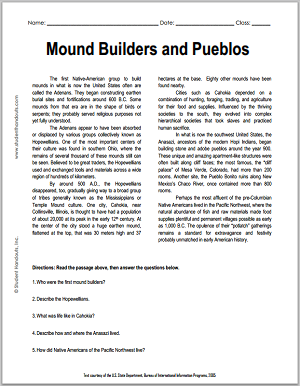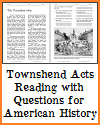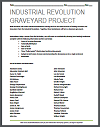Mound Builders and Pueblos |
 The first Native-American group to
build mounds in what is now the United States often are
called the Adenans. They began constructing earthen burial
sites and fortifications around 600 B.C. Some mounds from
that era are in the shape of birds or serpents; they
probably served religious purposes not yet fully understood. The first Native-American group to
build mounds in what is now the United States often are
called the Adenans. They began constructing earthen burial
sites and fortifications around 600 B.C. Some mounds from
that era are in the shape of birds or serpents; they
probably served religious purposes not yet fully understood.The Adenans appear to have been absorbed or displaced by various groups collectively known as Hopewellians. One of the most important centers of their culture was found in southern Ohio, where the remains of several thousand of these mounds still can be seen. Believed to be great traders, the Hopewellians used and exchanged tools and materials across a wide region of hundreds of kilometers. By around 500 A.D., the Hopewellians disappeared, too, gradually giving way to a broad group of tribes generally known as the Mississippians or Temple Mound culture. One city, Cahokia, near Collinsville, Illinois, is thought to have had a population of about 20,000 at its peak in the early 12th century. At the center of the city stood a huge earthen mound, flattened at the top, that was 30 meters high and 37 hectares at the base. Eighty other mounds have been found nearby. Cities such as Cahokia depended on a combination of hunting, foraging, trading, and agriculture for their food and supplies. Influenced by the thriving societies to the south, they evolved into complex hierarchical societies that took slaves and practiced human sacrifice. In what is now the southwest United States, the Anasazi, ancestors of the modern Hopi Indians, began building stone and adobe pueblos around the year 900. These unique and amazing apartment-like structures were often built along cliff faces; the most famous, the “cliff palace” of Mesa Verde, Colorado, had more than 200 rooms. Another site, the Pueblo Bonito ruins along New Mexico's Chaco River, once contained more than 800 rooms. Perhaps the most affluent of the pre-Columbian Native Americans lived in the Pacific Northwest, where the natural abundance of fish and raw materials made food supplies plentiful and permanent villages possible as early as 1,000 B.C. The opulence of their "potlatch" gatherings remains a standard for extravagance and festivity probably unmatched in early American history. |
Directions: Read the text
above, then answer the questions below. |
1. Who were the first
mound builders? 2. Describe the Hopewellians. 3. What was life like in Cahokia? 4. Describe how and where the Anasazi lived. 5. How did Native Americans of the Pacific Northwest live? |
Click here to print. |
 |
| Early America Books and Films | Early America Image Galleries |
| Early America Learning and Study Games | Early America Miscellany |
| Early America Outlines and PowerPoints | Early America Worksheets |
Text courtesy of the U.S. State
Department, Bureau of International Information Programs,
2005 |











